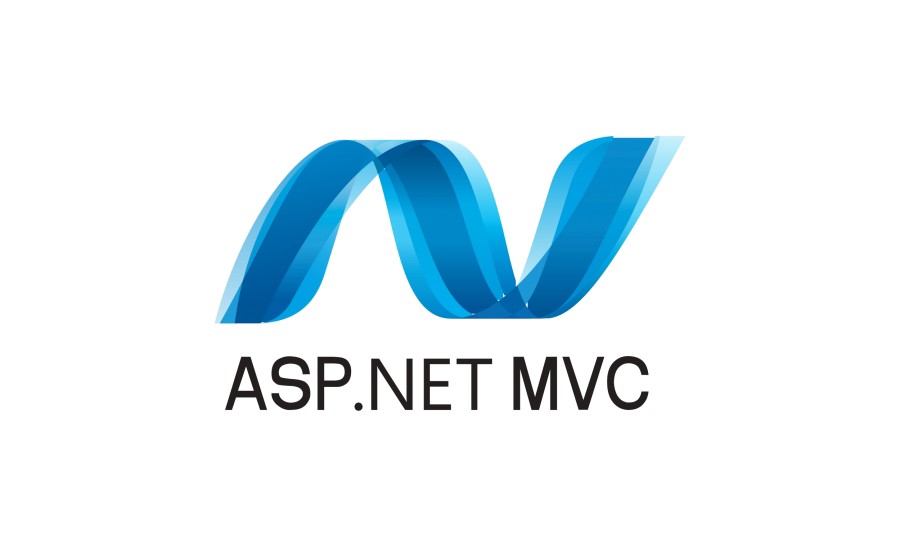Microsoft offers ASP.NET MVC (Model-View-Controller), a potent framework for creating scalable and maintainable web applications. With its extensible architecture and separation of concerns, ASP.NET MVC provides developers with a structured method for building dynamic and reliable websites. The main ideas, elements, and advantages of ASP.NET MVC will be discussed in this article, along with an overview of its essential attributes and an explanation of how it makes it easier to create contemporary online applications.
Understanding the MVC Pattern
The Model-View-Controller (MVC) pattern is the ASP.NET MVC framework’s cornerstone. It is a software architectural design pattern that supports the separation of concerns between the data model (Model), user interface (View), and application logic (Controller). This division makes it simpler to maintain, test, and scale the code. The View takes care of the appearance and user interaction, the Model represents the application’s data and business logic, and the Controller controls the application’s flow.
The MVC pattern enables you to build applications with input logic, business logic, and user interface logic separated from one another while maintaining loose coupling between them. Each type of logic should be placed in the program according to the pattern. The view should contain the UI logic. The controller should contain the input logic. The model should contain the business logic. By allowing you to concentrate on only one part of the implementation at a time, this separation makes it easier for you to manage complexity when developing an application. You may, for instance, concentrate on the view without relying on the business logic.
In addition to controlling complexity, testing apps using the MVC pattern is simpler than doing so with an ASP.NET Web application that uses Web Forms. For instance, a single class is used in an ASP.NET Web application that uses Web Forms to display output and react to user input. It can be challenging to create automated tests for Web Forms-based ASP.NET applications since you need to instantiate the page class, all of its child controls, and other dependant classes in the application to test a single page. Writing tests that specifically target specific components of the application might be challenging because so many classes must be instantiated to execute the page.
Key Components of ASP.NET MVC
ASP.NET MVC is made up of several essential parts that cooperate to produce dynamic web applications:
- Models are a representation of the data in the application and set out the business logic for modifying and validating that data.
- Views: Views are in charge of the application’s presentation layer, creating HTML content to display data and gathering user input.
- Controllers: Controllers interact with models and views, choreograph the application’s flow, and take requests from users and handle them.
- Routing: ASP.NET MVC employs a routing engine that converts incoming URLs into a list of predetermined controller actions, resulting in a neat and reversible URL structure.
- Razor View Engine: The Razor view engine, which is ASP.NET MVC’s default template engine, provides a short syntax for creating HTML markup.
- Helpers: Utility classes known as helpers make routine activities like creating form controls, producing partial views, and navigating URLs easier.
Benefits of ASP.NET MVC
ASP.NET MVC provides the following advantages for creating web applications:
- Clear separation of concerns is provided by the MVC pattern, which makes it simpler to organize and maintain code by clearly separating data from presentation and application logic.
- Testability: ASP.NET MVC supports unit testing, which makes it easier to find and fix problems early in the development process because of its modular architecture and distinct separation of concerns.
- Extensibility: ASP.NET MVC has a high degree of extensibility, enabling programmers to provide additional functionality via filters, model binders, action outcomes, and other means.
- A robust URL- mapping element that enables you to create applications with understandable and searchable URLs. In addition to supporting URL naming patterns that are effective for search engine optimization (SEO) and representational state transfer (REST) addressing, URLs are not required to include file-name extensions.
- Rich Ecosystem: ASP.NET MVC is supported by a thriving and active community that offers a plethora of libraries, frameworks, and tools to boost productivity and speed up development.
- Integration with Other Technologies: ASP.NET MVC works in perfect harmony with other Microsoft products, such as ASP.NET Core for cross-platform development and ASP.NET Web API for creating RESTful services.
Conclusion
By providing a systematic and effective method for creating online applications, ASP.NET MVC enables programmers to write scalable and maintainable code. Developers can accomplish a separation of concerns, increased testability, and extensibility by adhering to the MVC paradigm and leveraging the essential ASP.NET MVC components. It may consequently be more challenging to develop tests for Web Forms-based ASP.NET applications than for MVC applications. A Web server is also necessary for tests in an ASP.NET application that uses Web Forms. It is feasible to test individual components independently of the rest of the framework because of the MVC framework’s decoupling of the components and extensive usage of interfaces. For developers looking to create robust and dynamic online applications, ASP.NET MVC continues to be a popular option thanks to its many advantages and integration options. The tools and flexibility you need to succeed in web development are provided by ASP.NET MVC, whether you are beginning a new project or migrating an old one.
